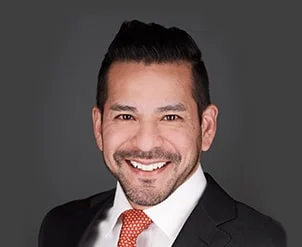Bankruptcy And Student Loans: A Primer

Although student loans are unsecured debts, like credit cards, Small Business Administration loans, and medical bills, they are not automatically dischargeable like these other obligations. In fact, several years ago, Congress even closed the private student loan loophole, which is bad news for former ITT Tech students and other similarly situated borrowers.
There is an old saying among attorneys that “bad facts make bad law,” and that’s certainly the case in this regard, when closely examining the landmark decision Brunner v. New York State Higher Education Services.
The Brunner Rule
About ten years before the Second Circuit in New York decided this case, federal lawmakers rewrote the Bankruptcy Code, and there was considerable controversy about the student loan provision. Previously, such debts were automatically dischargeable. But there was some concern that student protesters in the 1960s borrowed their way through school and then adamantly refused to repay their loans.
Whether that was true or not, Congress included a provision that student loans could be discharged only upon showing of “undue hardship,” but lawmakers left it up to the courts to define that phrase.
Along came Marie Brunner, who graduated with a master’s degree in social work and had no apparent problems finding employment. Almost immediately thereafter, she asked a bankruptcy judge to discharge her debt, despite the fact that she had made no payments and had never asked for any other lesser kind of relief, such as a temporary forbearance.
In response, the appeals court endorsed what soon became known as the Brunner rule. It stated that student loans could be discharged in bankruptcy only if the debtor:
- – Had made a good faith effort to repay the loan,
- – Suffered from a long term disability, and
- – Could not maintain a minimal standard of living if forced to repay the debt.
At first blush, the Brunner rule seems impossible to meet, since the elements of the test seem inconsistent, viz, if one cannot maintain a minimal standard of living, how can one make a good faith repayment effort? As a result only about .01 percent of consumer bankruptcy petitions even ask for a student loan discharge.
Meeting the Brunner Rule
Yet according to this same survey, about 40 percent of debtors who ask for student loan relief receive at least a partial discharge.
One factor in the debtor’s favor is that student loan debt is much, much higher now than it was forty years ago. Many people, especially those with graduate degrees, owe $40,000 or more, and it is a lot harder to pay off that amount of debt as opposed to $15,000 or $20,000.
As for the “minimal standard of living” prong, it’s generally understood that this level is akin to the poverty line, but there is a big difference between “generally understood” and black-letter law. If the debtor has to put off major purchases because of the student loan, some judges may be sympathetic and allow at least a partial discharge.
There’s another old saying in the law that “you don’t get anything unless you ask,” and in these cases, it may be worth asking for student loan discharge.
Connect With Experienced Attorneys
Student loan discharge is difficult, but not impossible, in consumer bankruptcy cases. For a free consultation with an experienced bankruptcy attorney in Chicago, contact the Bentz Holguin Law Firm, LLC. We aggressively represent student loan borrowers.
Resource:
leagle.com/decision/19871226831f2d39511143


